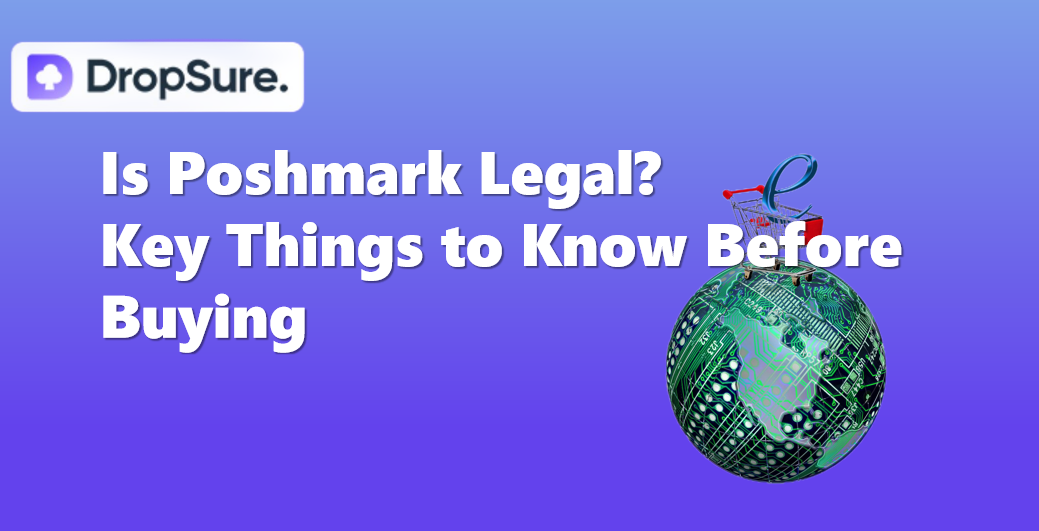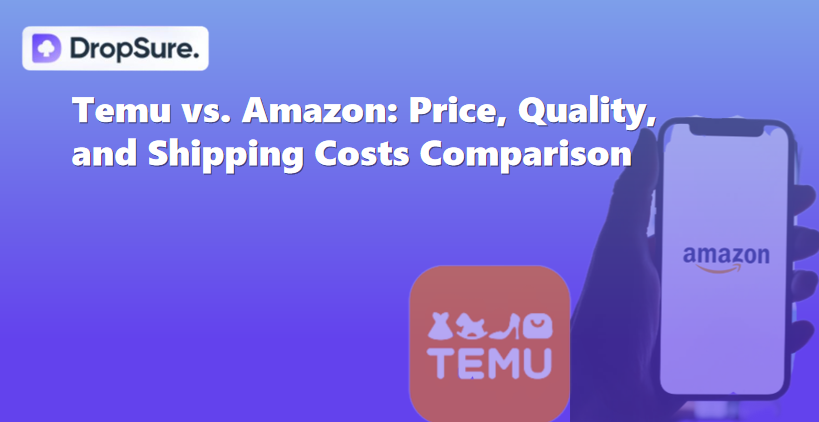1. Check orders
After you pay, your orders will be moved to “shipped” button, you can check all your fulfilled otders here.
For shipping channels, we are cooperating with many big shipping companies in China, like yun, CNE,
4px and so on. We will match the suitable shipping line for your every order.
2.Track orders
If you want to check the tracking information, please copy the tracking number and track on
Dashboard, maximum is 40 orders each time.




 1 min read
1 min read


